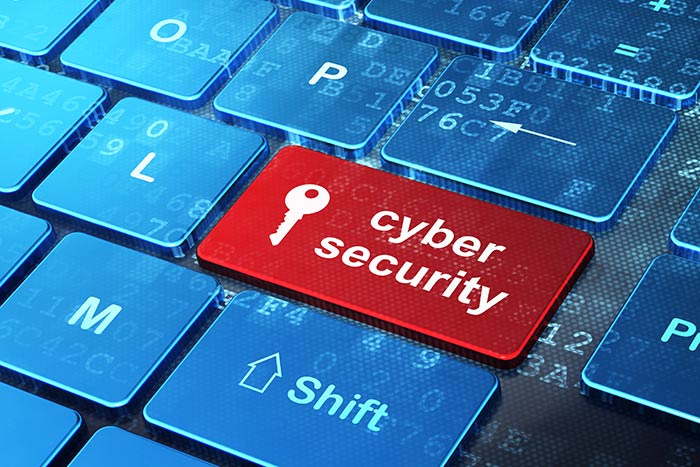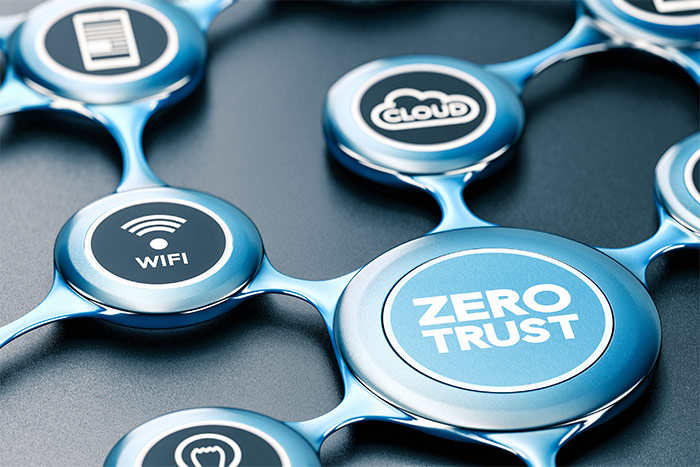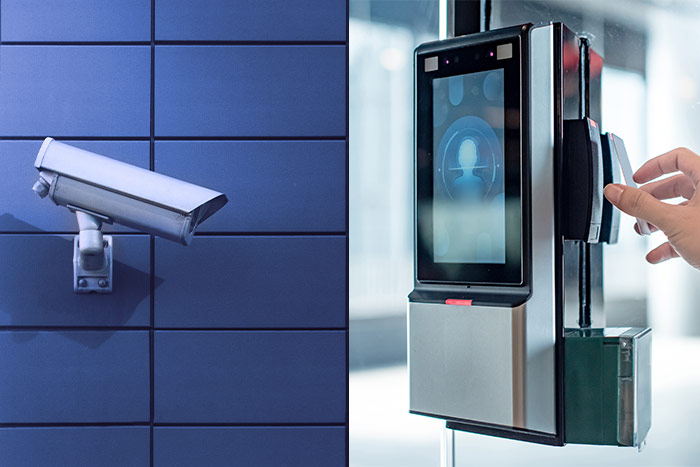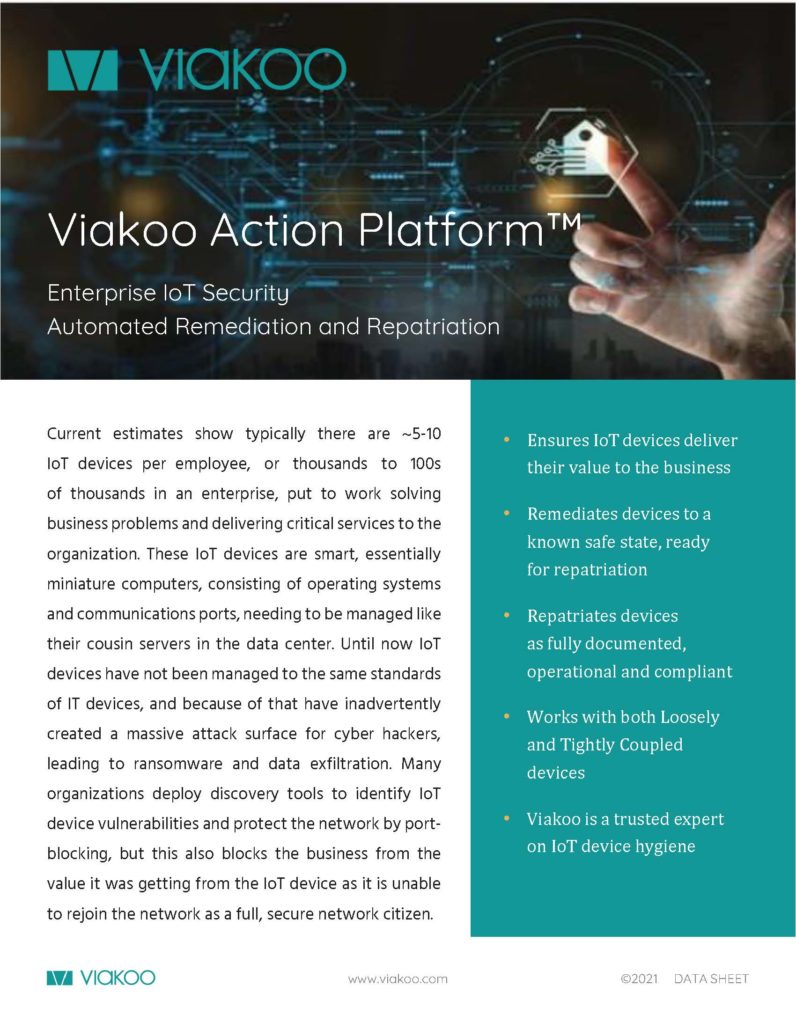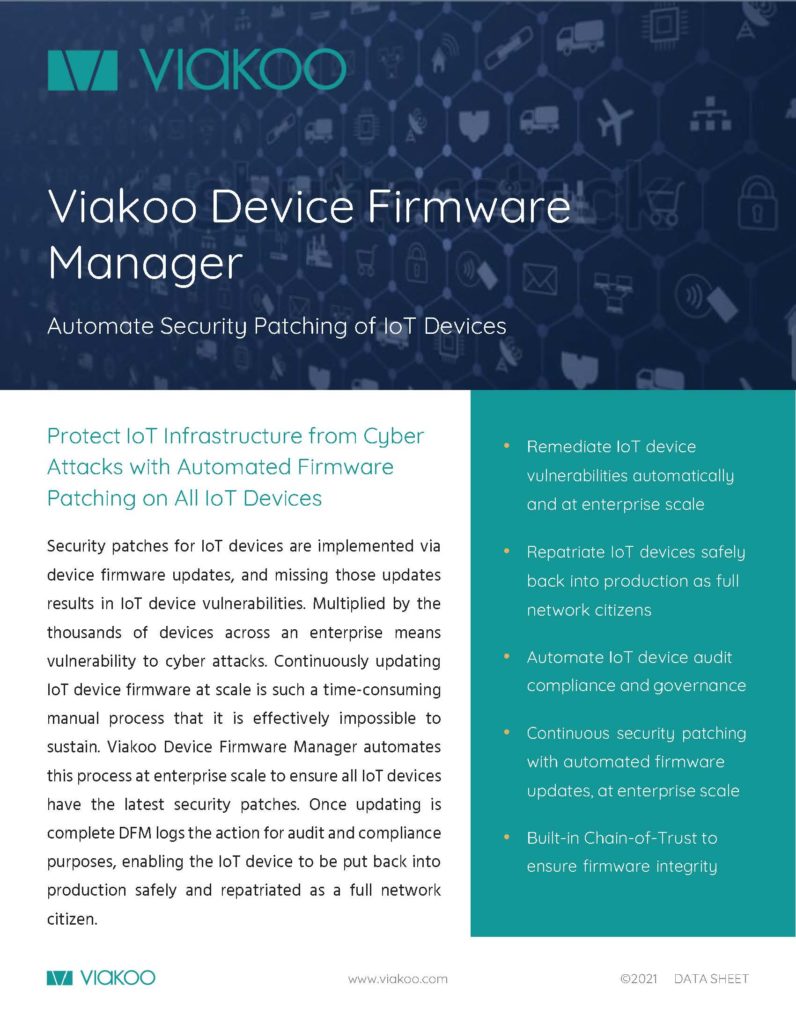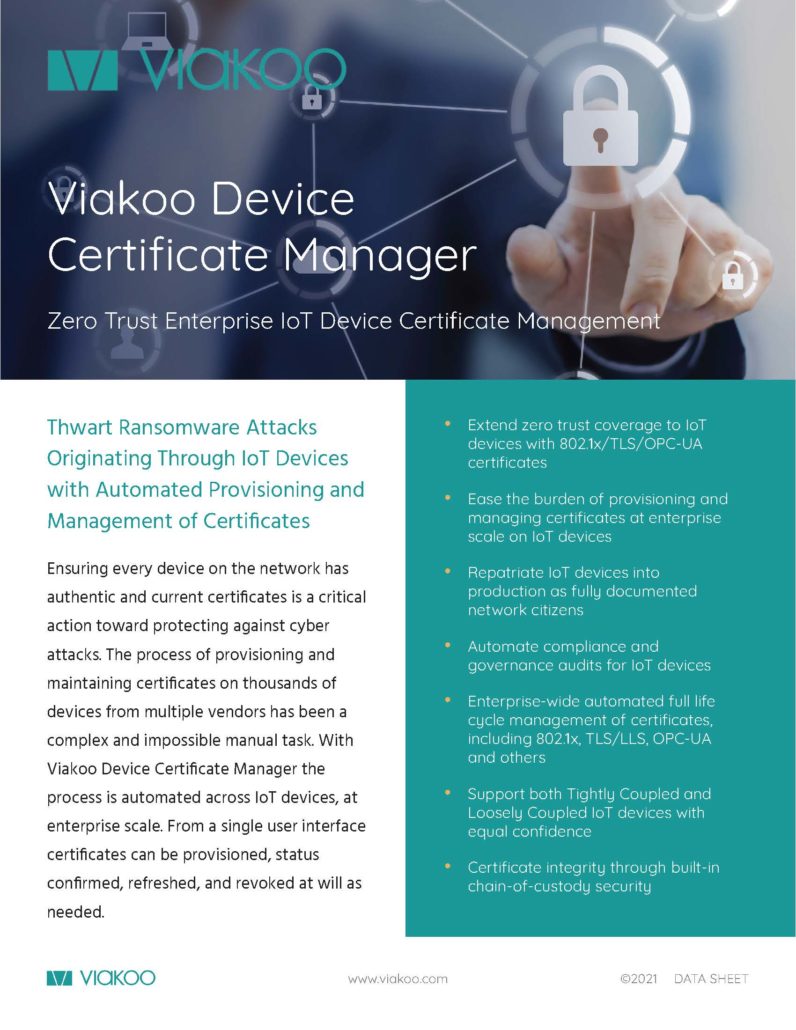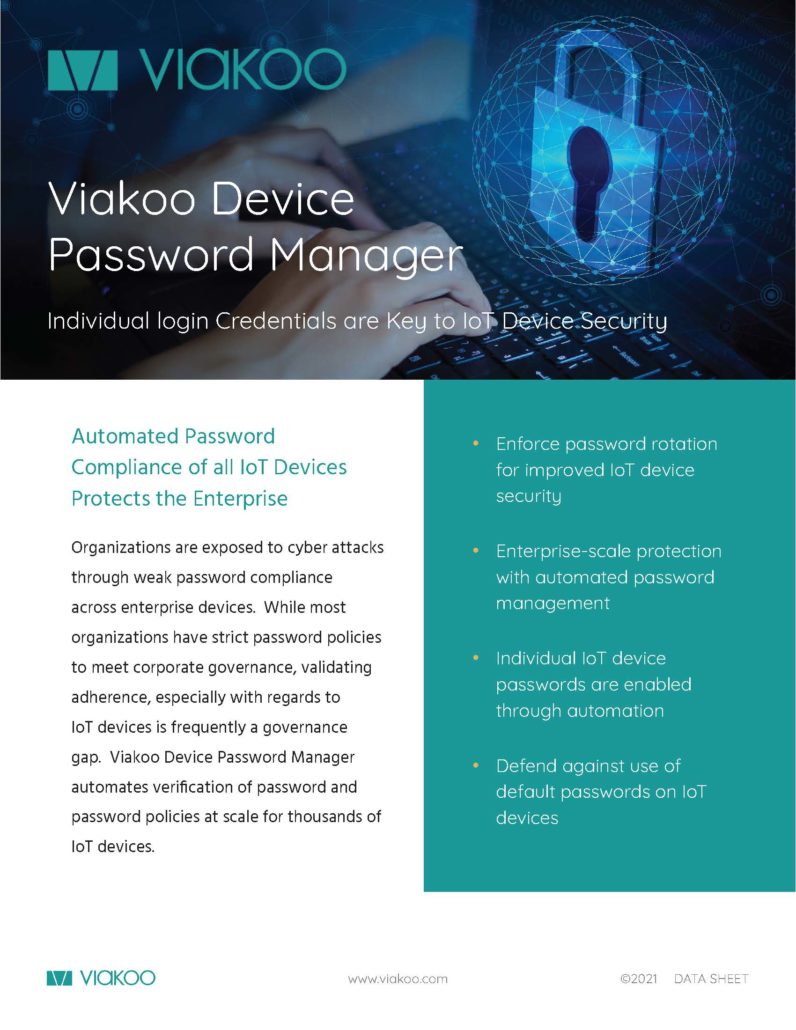Industrial IoT Security
Industrial IoT security refers to the measures and strategies to protect industrial Internet of Things (IoT) systems from cyber threats and attacks. The integration of IoT devices in various industries has significantly transformed operations by providing real-time data, automation, and remote access. However, this connectivity also opens up IoT vulnerabilities that malicious actors can exploit.
Industrial IoT Security and Critical Infrastructure Security.
Industrial IoT security ensures the confidentiality, integrity, and availability of critical industrial infrastructure by incorporating robust authentication/password rotation mechanisms, secure certificate encryption protocols, intrusion/vulnerability detection platforms, and firmware management practices.
Constant Monitoring of Your Critical Infrastructure.
Additionally, device security involves constant monitoring and up to date device discovery and information. Proper accessibility of critical device information can be challenging. The amount of device information can total several hundred unique attributes such as individual device information, tightly or loosely coupled, security certificate age, data stream vulnerability, patch management, and device end-of-life/warranty information to name a few.
Industrial IoT Devices Have a Life Cycle, End-of-Life Information is Imperative.
Industrial systems have a finite lifecycle. Industrial IoT security should also address the effective management of legacy equipment and provide patches and upgrades to ensure ongoing protection, proper management, device monitoring, and regulatory compliance.
Key Components of an Effective Security Policy.
There are a few key things that industrial organizations can do to improve the security of their IoT devices:
Use strong authentication methods for all users.
Implement role-based access control to restrict user access to only the necessary data and functions.
Encrypt all data communications between devices and industrial control systems.
Keep industrial control system software up to date with the latest security patches.
Perform regular security audits of industrial IoT devices and systems.
How Secure are Your Industrial IoT Devices?
The implications of having your security camera system utilized by a bad actor are major: they can zoom in on employees punching entry codes at doorways, record private corporate conversations, and more— all silently undetected.
This is just one example of how a seemingly unthreatening Industrial Internet of Things (IIoT) device could be compromised and manipulated.
In Assessing Your Industrial IoT Security, we offer an introductory look at a few important elements of industrial IoT security — as well as practical advice for hardening your IoT device defenses.
This 14-page guide discusses:
- Why Industrial loT device are often easy targets for savvy cyber criminals
- The different attack surfaces and vectors bad actors frequently pursue in loT security attacks
- How to protect your logon credentials, safeguard against firmware vulnerabilities, use digital certificates and data encryption, and more to improve your IIoT security defenses
We also share a step-by-step guide for achieving full device defensibility, empowering you with a high-level overview of where to begin making IIoT improvements.
Think of this free resource as a compressed IoT security checklist, perfect for double-checking your industrial IoT device safety.
Simply fill out the form to receive your complimentary guide.





